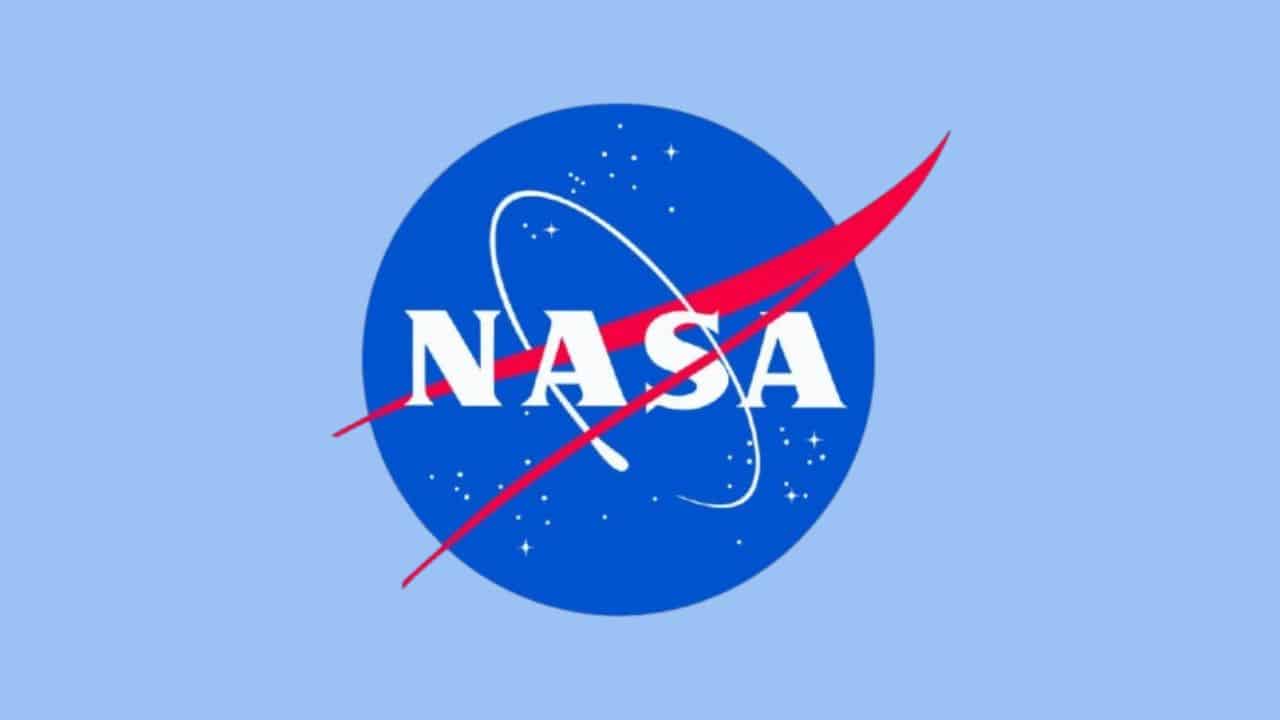NASA has officially announced that the highly anticipated launch of its Europa Clipper spacecraft, a mission designed to explore Jupiter’s intriguing moon Europa, has been postponed. This decision comes as a direct result of Hurricane Milton, which has rapidly intensified into a Category 5 storm as it approaches the coast of Florida. This mission, which aims to delve into the mysteries of one of the most promising sites for astrobiological research in our solar system, has faced unexpected challenges that have now led to this delay.
Launch Window Update
The Europa Clipper was originally scheduled to launch on October 10. However, NASA has indicated that the launch window will remain open until November 6, allowing for potential rescheduling once the storm’s threat has passed. The decision to postpone the launch was made following the rapid development of Hurricane Milton, which escalated from a Category 1 to a Category 5 hurricane in a remarkably short period of time—just seven hours. The hurricane’s unexpected intensity has raised concerns for safety and mission readiness.
As a precaution, NASA has secured both the Europa Clipper spacecraft and the SpaceX Falcon Heavy rocket that will carry it into space inside a hangar at the Kennedy Space Center. The team is monitoring the situation closely and will make further decisions based on the storm’s trajectory and intensity. Although NASA has not yet provided a revised launch date, they remain optimistic about rescheduling the launch within the remaining window.
Hurricane Milton’s Path and Impact
Hurricane Milton is currently located north of Mexico’s Yucatán Peninsula and is charting a northeast course toward the Tampa area in Florida. This rapidly intensifying storm has gained notoriety for its unprecedented speed, making it one of the fastest intensifying hurricanes on record. The National Hurricane Center has noted that the hurricane’s swift transition to a Category 5 storm puts it among the most formidable storms recorded, second only to Hurricane Wilma (2005) and Hurricane Felix (2007) in terms of intensity escalation.
Category 5 storms are classified as the most severe on the Saffir-Simpson Hurricane Scale, which categorizes storms based on their sustained wind speeds. To be classified as a Category 5, a hurricane must have winds exceeding 157 miles per hour (approximately 253 kilometers per hour). Such powerful storms pose significant threats to coastal regions, prompting evacuation orders, closure of facilities, and implementation of extensive safety measures.
Residents in affected areas are advised to prepare for high winds, heavy rainfall, and potential flooding as Hurricane Milton approaches. Local authorities are urging individuals to stay informed about the storm’s trajectory and to follow safety guidelines issued by emergency management agencies.
Previous Setbacks for Europa Clipper
This latest delay is not the first setback encountered by the Europa Clipper mission, which is estimated to cost around $5.2 billion at the conclusion of its lifecycle. In July, engineers identified a critical issue concerning certain components of the spacecraft. It was discovered that some parts were not adequately equipped to withstand the extreme radiation levels found in the Jovian system.
Particularly, the mission’s transistors—components that facilitate the flow of electrical current—needed further testing to ensure they could function effectively in the harsh environment surrounding Jupiter and its moons. Given the proximity to powerful radiation belts, these components were subject to scrutiny to confirm their resilience against charged particles. The team worked diligently to resolve these issues, and the spacecraft was ultimately cleared for launch on September 10. However, the emergence of Hurricane Milton was an unforeseen challenge that has now postponed these plans.
“The safety of launch team personnel is our highest priority, and all precautions will be taken to protect the Europa Clipper spacecraft,” said Tim Dunn, senior launch director at NASA’s Launch Services Program. Dunn emphasized the importance of ensuring both personnel safety and the integrity of the mission equipment during this time.
Hurricane Preparedness and Airport Closures
As Hurricane Milton approaches, the Kennedy Space Center has activated HURCON III status, a level of hurricane preparedness that involves securing all facilities, property, and equipment in anticipation of sustained winds of 50 knots or higher. While the center remains operational, NASA has implemented necessary safety protocols to safeguard its personnel and equipment.
In addition to the Kennedy Space Center, local airports, including Tampa International Airport and St. Pete-Clearwater International Airport, have announced plans to close their operations tomorrow in anticipation of Hurricane Milton’s landfall. This closure may affect numerous flights and travelers in the region, as safety remains a top priority.
Travelers are encouraged to check with their airlines for updates regarding flight statuses and potential cancellations. Many travelers are likely to face disruptions, and authorities are advising individuals to avoid unnecessary travel during the storm.
Future of the Europa Clipper Mission
The October 10 launch date has been removed from the mission’s official website, which details the daily launch windows that remain open through the end of the month. NASA has a limited window for launching the Europa Clipper, and the mission’s success is highly anticipated by the scientific community.
Once launched, the Europa Clipper is expected to arrive in the Jovian system by April 2030. The spacecraft will embark on a groundbreaking mission that includes completing 80 orbits of Jupiter and performing 49 flybys of Europa. Europa is particularly intriguing to scientists because it is believed to harbor a subsurface ocean beneath its icy crust, making it one of the most compelling locations in the solar system for studying potential extraterrestrial life.
The mission is designed to investigate the moon’s ice shell and subsurface ocean, assessing its potential habitability and searching for signs of life. Equipped with advanced scientific instruments, the Europa Clipper will analyze the moon’s surface composition, ice thickness, and geological activity. This groundbreaking research will significantly enhance our understanding of Europa and its potential as a host for life beyond Earth.
NASA will continue to monitor the developments surrounding Hurricane Milton and will evaluate the situation closely to determine the next launch opportunity once the storm has passed and the facility has undergone necessary assessments for safety and recovery actions.
The Europa Clipper mission represents a crucial step in our quest to understand the mysteries of our solar system, and NASA is committed to ensuring the safety and success of this flagship endeavor. As we await further updates, the scientific community remains hopeful for a successful launch in the near future, paving the way for new discoveries in the exploration of our celestial neighbors.







































